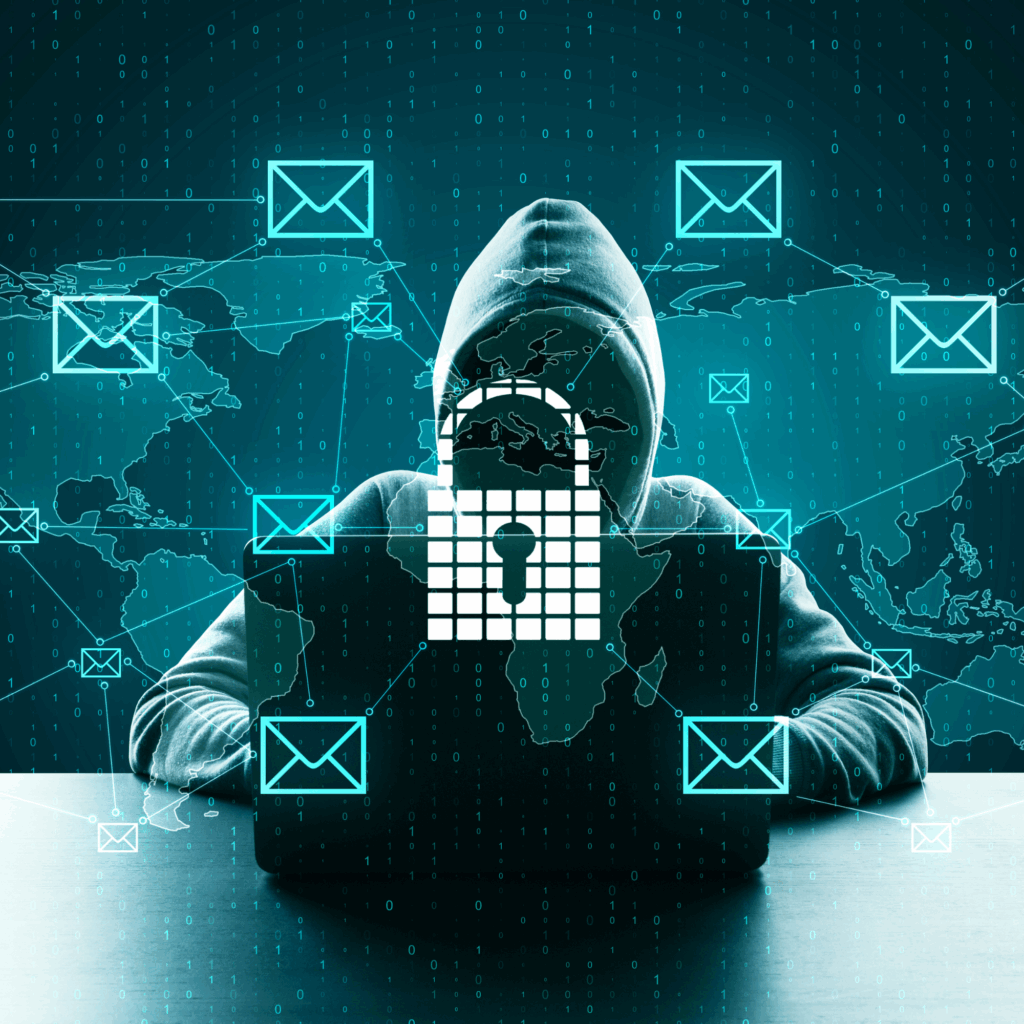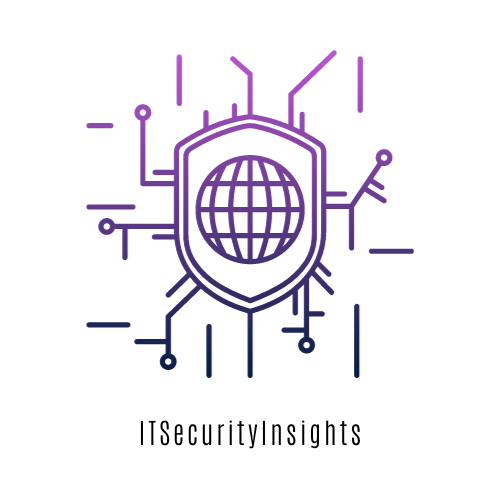Ransomware has become one of the most dangerous cyber threats worldwide, crippling hospitals, banks, schools, and even government agencies. Understanding how it works — and how to respond — could save you from devastating losses.
What is Ransomware?
Ransomware is a type of malware that encrypts your files or locks you out of your system, then demands a ransom (usually in cryptocurrency like Bitcoin) to restore access.
Think of it as digital kidnapping — your files are the hostage, and the attacker is demanding payment for their release.
How Ransomware Works
- Infection (Entry Point)
- Phishing emails with malicious attachments/links
- Drive-by downloads (malicious websites)
- Exploiting unpatched software vulnerabilities
- Malicious USB devices
- Execution
- Once inside, ransomware installs itself and starts spreading.
- It may disable security tools, delete backups, and hide its tracks.
- Encryption/Lockout
- Files are encrypted with strong algorithms (e.g., AES-256 + RSA).
- Victims see a ransom note demanding payment for the decryption key.
- Extortion
- Modern ransomware gangs also steal data before encryption.
- They threaten to leak or sell sensitive information if ransom isn’t paid (Double/Triple Extortion).
Real-World Examples
- WannaCry (2017): Infected 200,000+ computers in 150 countries by exploiting a Windows vulnerability.
- Maze Ransomware: Pioneered the double extortion method (encryption + data leaks).
- Colonial Pipeline (2021): A ransomware attack disrupted U.S. fuel supply, leading to panic buying.


How to Protect Yourself
Backups are everything
- Maintain offline and cloud backups.
- Test recovery regularly.
Update & patch systems
- Ransomware often exploits outdated software.
Strong security practices
- Use antivirus/EDR solutions.
- Enable multi-factor authentication (MFA).
- Segment networks (don’t keep everything in one place).
User awareness
- Don’t click suspicious links or attachments.
- Train employees to recognize phishing attempts.
What To Do If You’re Hit
- Don’t panic & don’t pay immediately
- Paying doesn’t guarantee file recovery.
- It may also make you a target for repeat attacks.
- Isolate the infection
- Disconnect affected devices from the network.
- Report the incident
- Notify local cybercrime authorities (e.g., Nigeria’s NITDA-CERT, FBI IC3, Europol, etc.).
- Restore from backups
- If available, wipe the system and restore clean copies.
- Seek professional help
- Incident response teams or cybersecurity firms can assist with recovery.
Key Takeaway
Ransomware thrives on fear, urgency, and lack of preparation. With regular backups, patching, and awareness, you can reduce the risk — and recover faster if attacked.
Remember: Cybersecurity is cheaper than paying a ransom.


